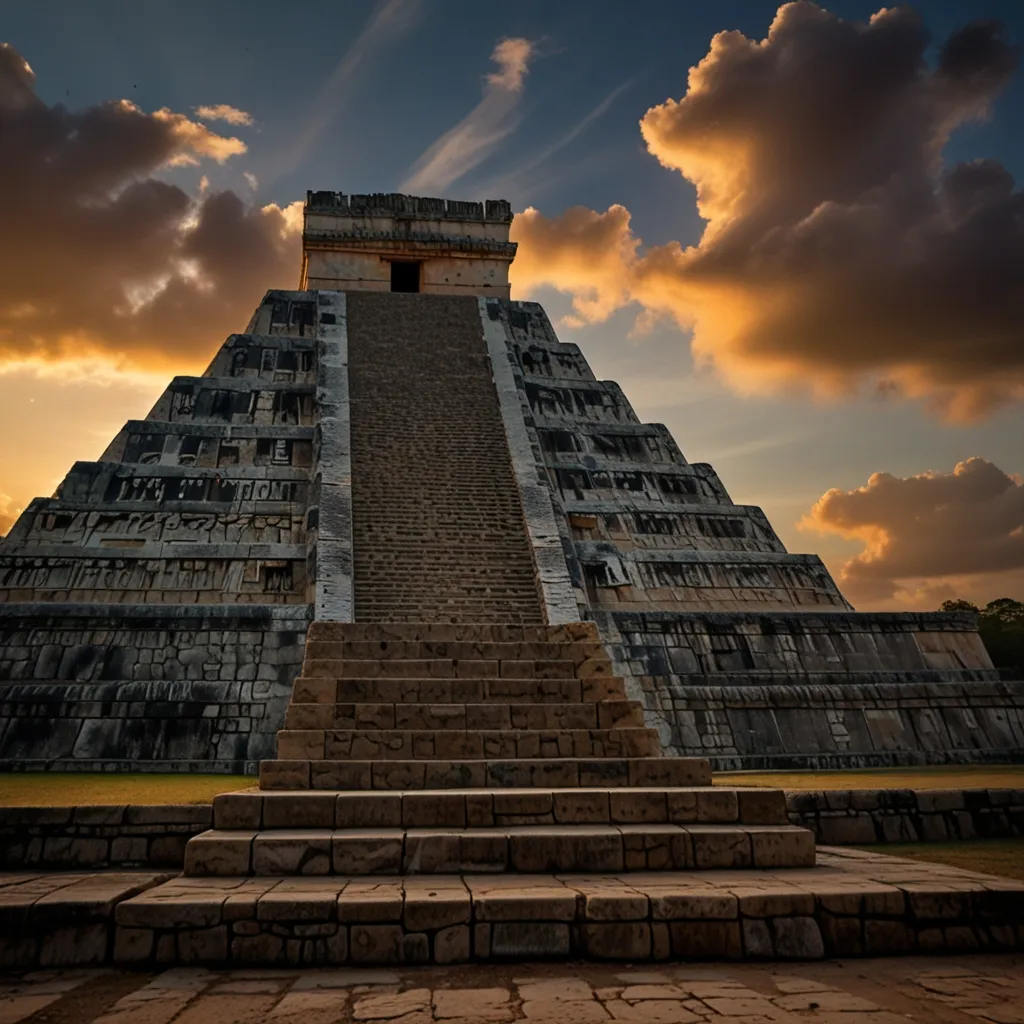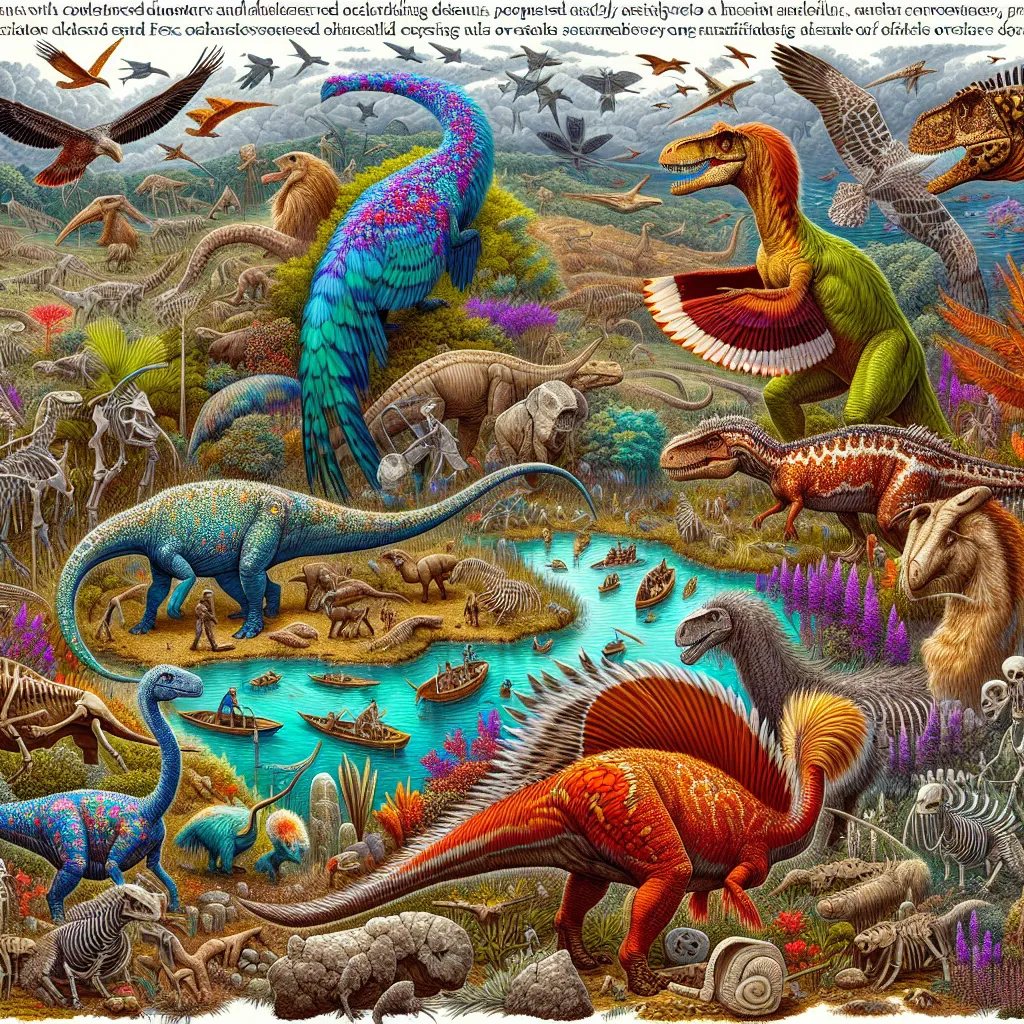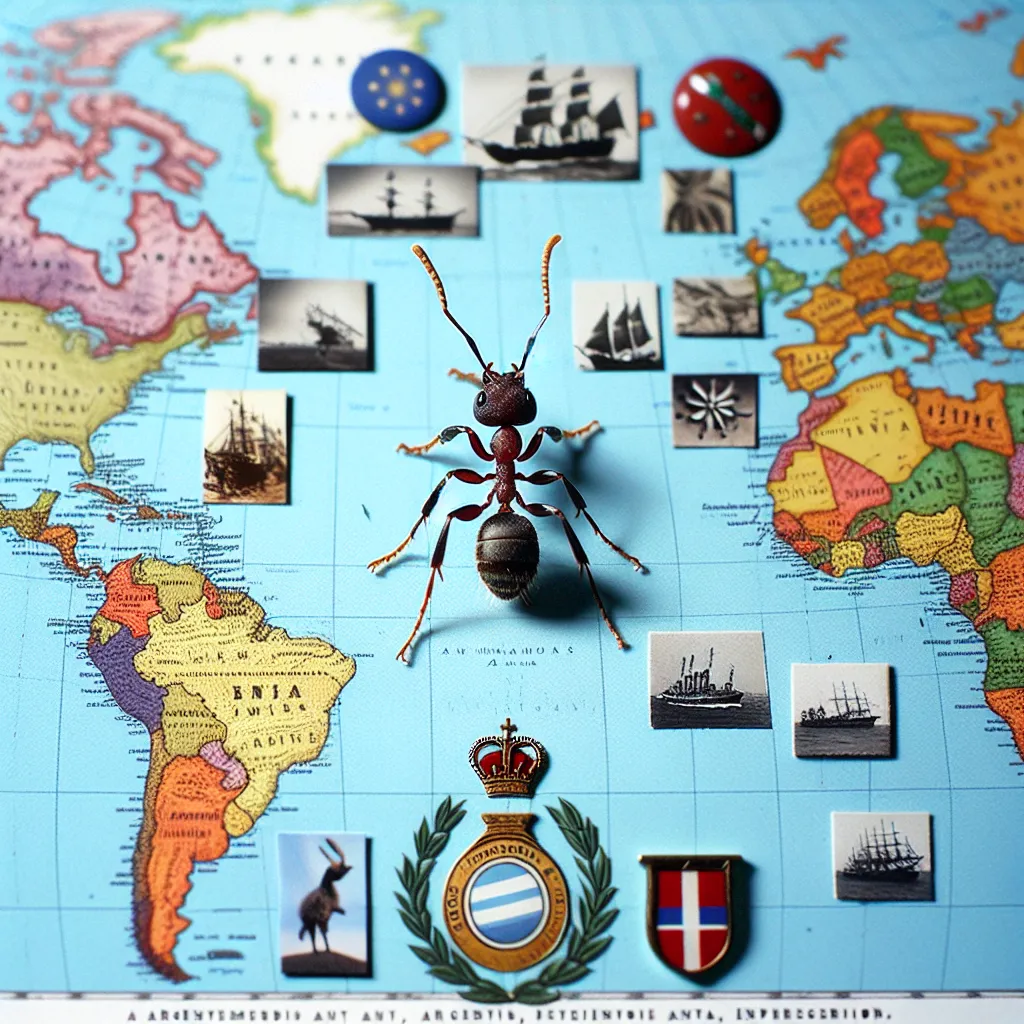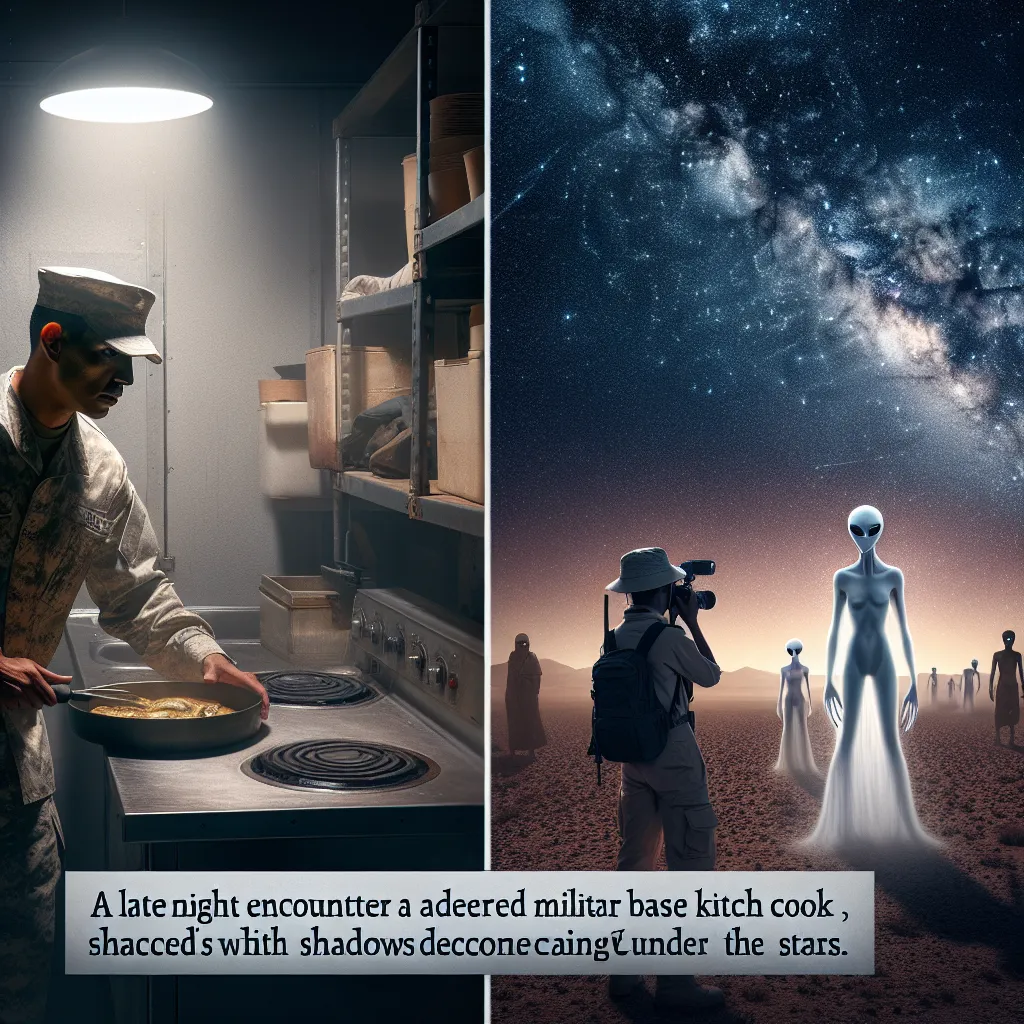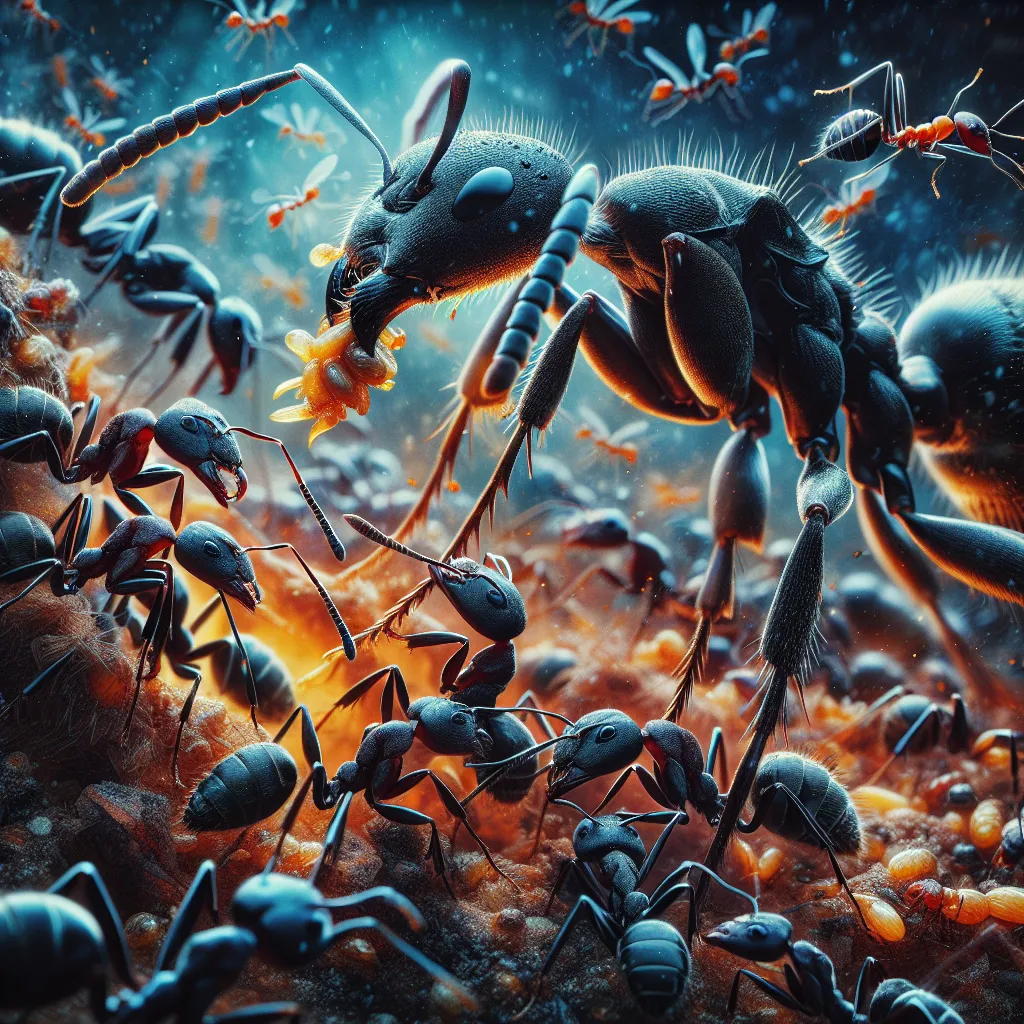Chichen Itza is one of those places you just have to see to believe. Nestled on Mexico’s Yucatan Peninsula, this ancient Mayan city was a bustling hub between 750 and 1200 A.D. Fast forward to 1969, and a guy named Erich von Däniken had his mind blown by the city’s central pyramid, El Castillo.
Picture this: you’re standing in front of this massive pyramid, El Castillo, and you feel like you’re staring back into history. Von Däniken did exactly that, and it turned his world upside down. He dug deep into the literature from Central American archaeologists and stumbled upon something wild—visitors from the skies, which the ancient Maya referred to as gods. Their main deity, known by names like Quetzalcoatl, Kukulkan, or Kukumats, was described as a flying serpent. Imagine seeing something snake-like soaring through the sky. Pretty trippy, right?
Chichen Itza isn’t just a ruin; it’s a historical hotspot. It’s said to be one of the places where the gods came down and laid out humanity’s destiny. The pyramid, El Castillo, is the star of the show, especially during the equinoxes on March 21st and September 21st. In the early morning, the sun rises, casting light and shadow patterns on the pyramid’s staircase. These patterns create triangle shapes that move down the steps as the sun climbs higher. It’s like an ancient light show, and the message is clear—Kukulkan, the god, came to Earth and promised to come back someday.
Von Däniken believed the return of the gods was encoded into the temple’s architecture. He saw a connection between the Maya’s astronomical knowledge and their precise designs. This guy was onto something big, way beyond traditional archaeology.
His curiosity didn’t stop at Chichen Itza. He turned his gaze to another Mayan temple, housing what some folks call the first ancient astronaut, Lord Pakal. Back in the 1950s, archaeologists found a tomb in the ancient city of Palenque. Inside was a sarcophagus lid depicting Lord Pakal in an unusual manner. When you look at the intricate carvings, it appears he’s operating some sort of machinery.
Von Däniken saw a Mayan king in a rocket ship, prepping for takeoff. Pakal seemed to be manipulating controls, seated in a capsule—a scene straight out of a sci-fi movie. This radical interpretation was a focal point in von Däniken’s book, “Chariots of the Gods.” And, when others started to look at that carved lid, many couldn’t help but see what he saw—a man riding a spacecraft.
So, was von Däniken onto something? Could Lord Pakal have been an extraterrestrial, sharing advanced knowledge with ancient humans? It’s a mind-bending theory, but it opens up a world of possibilities about our past and the mysteries that shaped it.
Von Däniken’s exploration of Chichen Itza and Palenque sparked a lot of interest. People began to wonder about other ancient sites too. Was there other evidence of contact with ancient astronauts? Von Däniken believed there was.
Consider this: many ancient civilizations have myths about gods descending from the sky. From the Sumerians to the Egyptians, these stories hint at something extraordinary. Von Däniken suggested that these “gods” might have actually been advanced beings from other worlds.
Ancient structures like the pyramids of Giza or the towering Moai of Easter Island reflect astonishing architectural skills. These spots are scattered across the globe, yet they share similarities that are tough to write off as mere coincidence. Could these be traces of an interstellar influence?
The Mayan calendar, their advancements in astronomy, and their understanding of the cosmos were remarkable. How did they develop such precise knowledge without modern instruments? Von Däniken’s ideas open the door to the possibility that ancient civilizations had help from advanced beings.
Debates about von Däniken’s theories continue to this day. Skeptics insist there are logical explanations grounded in human ingenuity and innovation. Historians and archaeologists work to decipher how our ancestors achieved such mind-blowing feats with seemingly primitive technology. On the flip side, supporters of the ancient astronaut theory see von Däniken’s work as revealing the gaps in our understanding of history.
Imagine cracking the code to one of history’s greatest mysteries. The idea that humanity might have been influenced by advanced civilizations from the stars is exhilarating. If true, it suggests our ancestors were part of something much bigger than we ever imagined.
Von Däniken’s journey through Chichen Itza and Palenque sheds light on the complex, awe-inspiring world of the ancient Maya. His explorations invite us to take a fresh look at the past, challenging us to think outside the box. Whether you buy into the ancient astronaut theory or not, it’s hard not to get swept up in the excitement of questioning what we think we know about history.
So, the next time you find yourself wandering through ancient ruins or staring up at the stars, consider the possibilities. Think about the stories etched in stone and the legends passed down through generations. Our history might be more interconnected with the cosmos than we ever thought.
Keep your eyes open and your mind curious. There’s a world of wonders out there, waiting to be explored. And who knows? Maybe somewhere in those ruins, the secrets of the universe are just waiting to be discovered.
